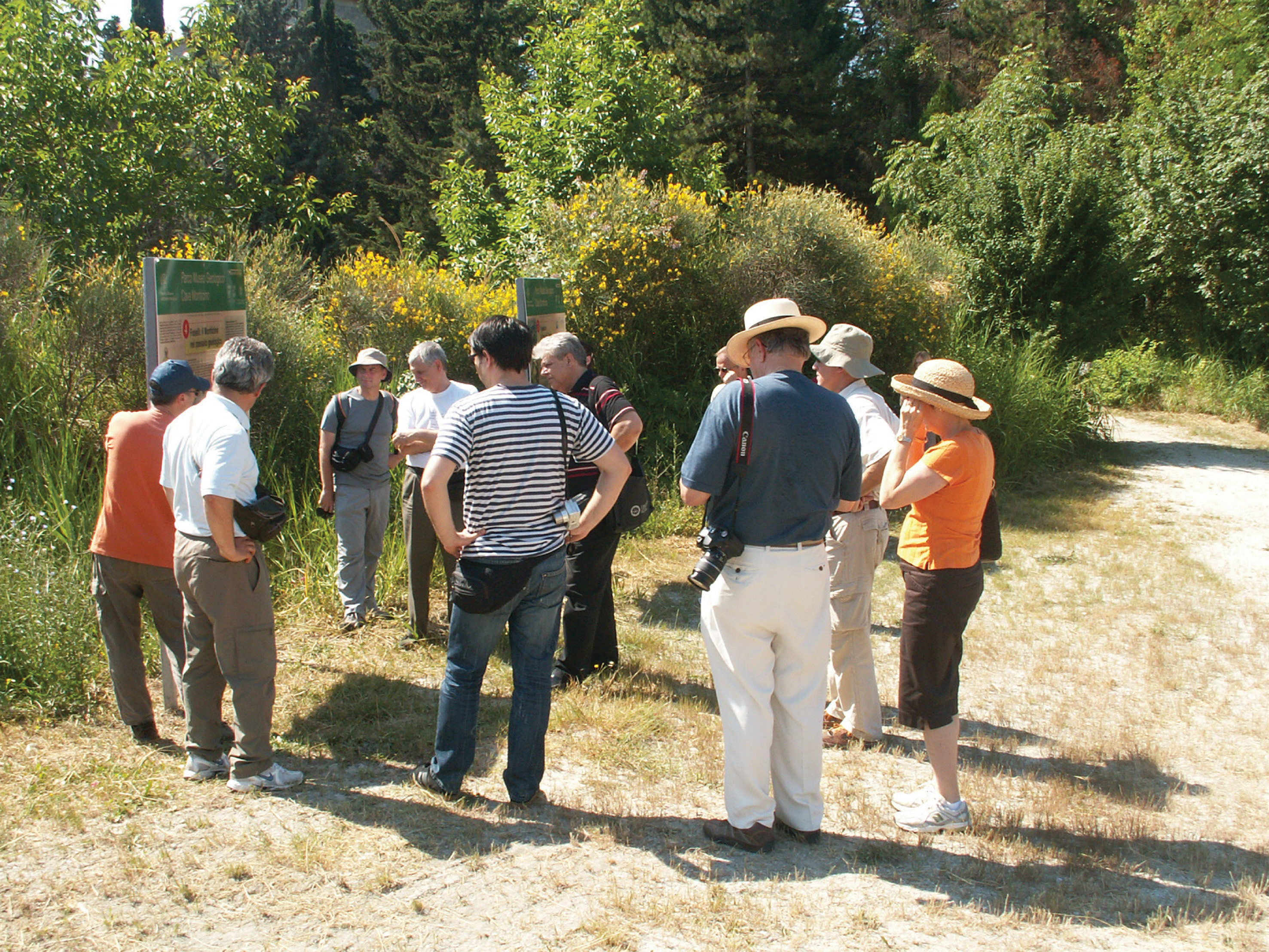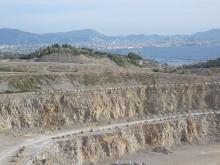
While aggregates are fairly common, ensuring access to them that meets regional, national and international demand takes careful planning. Claire Symes takes a look at a project aiming to deliver this in South Eastern Europe.
Managing mineral and land use planning in a sustainable way is a difficult balance between predicting future needs for materials, the economy and the environment - there is no one size fits all solution. Finding the answer is complex just on a regional basis and a real challenge in a national context, so trying to implement an international framework would almost seem mission impossible.
Nonetheless, this is exactly what a group of mineral specialists are trying to do in South Eastern Europe under the €1.9million EU-funded Sustainable Aggregates Resource Management (SARMa) project. Work on the task got underway last year and is being led by Slovenian Geological Survey senior research associate Slavko Šolar as project manager.
The project is the brainchild of Šolar and his team and is the result of the last 10 years of his research with his colleague Deborah Shields on working in mineral management and developing sustainable policies.
The project has gained funding from the EU under the South Eastern Europe Transnational Programme which runs from 2007 to 2013. But getting the funding was not a straightforward process - this is the second attempt to get the SARMa project off the ground.
"The first was in 2005 during the last financing period of the EU but the project covered a larger area but was not as well defined as did not attract funding then," said Šolar. "This time the project took on an excellent consultant to help with the submission, which was a two phase application involving an expression of interest followed by a call for full applications." To put the project funding into perspective, the SARMa initiative was one of over 800 ideas submitted to the EU and was ranked 15th in terms of importance out of all the applications.
According to Šolar, the need for the project stems from the move of many eastern and central European countries from socialism or communism to the free market and a need to understand how to interact and plan for the future. Šolar said he felt that the sustainability approach to this had potential and there was a real need but it was a very 'empty area' in Eastern Europe 10 or 15 years ago with very few minerals plans in place.
"The necessary information to feed into such plans did not exist so the project is aimed at drawing this data together and developing best practise for the preparation of mineral plans that are interconnected across the region," he said.
"The necessary information to feed into such plans did not exist so the project is aimed at drawing this data together and developing best practise for the preparation of mineral plans that are interconnected across the region" Slavko Šolar, project leader, SARMA
The team behind the project was drawn together from people known in the industry or through recommendations and gradually gained the critical mass it needed. Today there are 15 partners across 10 countries, including Austria, Greece, Hungary, Italy, Slovenia, Romania, as well as the non-EU countries of Albania, Bosnia-Herzegovina, Croatia and Serbia. The partners of the scheme are a mix of authorities, universities and national geological surveys. There are also three external experts to ensure the money is spent well and the project achieves its aim.
The end goal is in October 2011 and Šolar admits that it is quite ambitious but believes it will have an impact even in the short term on how aggregates are managed in the area.
"The scheme will set up knowledge and best practise and disseminate this through workshops for stakeholders and decision makers during the later stages of the project," he said. "There are three levels to the work - local, regional/national and trans-national." Šolar explained that the trans-national framework should open freedom for trade but also give a common perspective or approach and also legislation. There is also a need to try and have aggregates information systems in a similar format so meaningful information can be exchanged.
The overall aim of the project is to develop a common approach to sustainable aggregate resource management and sustainable supply mix to ensure efficient management and secure supply in the South Eastern Europe area.
"There is a problem with production - it is hard to compare data as some is recorded as volume, some as tonnes, while some figures relate to sale and others to extraction. This is something that needs to be resolved," he said.
Šolar believes that aggregates indicators will be more organised as a result of the project and lead to more strategic long term planning. "Aggregates are everywhere but also scarce due to land use issues," he said to explain the importance of planning. "We hope the work will help to aid planning approval as authorities work to match supply and demand, which on a local level will help people to learn to tolerate extraction as understanding of the need grows.
"South Eastern Europe is less developed in the social and economic sense but it is improving," he said. "But this change needs to be handled carefully." The project got underway in May last year and started with a kick off meeting in Bologna to plan the activities for the rest of the year.
Work has started off on the local level with surveying quarry operators by questionnaire to start bench marking the industry and building a database as well as to help develop a sustainability test based on the seven questions for sustainability developed by the MMSD between 2000 and 2002.
"We are trying to see what structure is possible and get an idea of what information should be there," said Šolar. "It is a very difficult stage but we hoped to have it completed by the end of the year and move onto the processing now." The aim of this element of the project is to optimise the efficiency of primary aggregate extraction; prevent or minimise the environmental impacts of quarrying and improve reclamation; reduce illegal operations; and promote recycling.
According to Šolar, illegal operations do exist but it is hard to put a figure on the extent. "In Slovenia there had to be political will to hit on illegal quarrying and there are fewer of them since prosecution started," he explained.
"Ten years ago people did not ask where material came from but now projects are publicly funded, people are more interested and want traceability. This is one of the key parts of sustainability." The next stage is the questionnaire for the regional or national level that will go to authorities in the project area.
Again this will include a sustainability test but Šolar points out that sustainability means different things to different people depending on their goals, so said that this will be challenging for the project. Nonetheless, he hopes to have this element completed by this summer.
From this work the SARMa group hopes that it will be possible to assess and quantify aggregate resources and relevant transport links; develop SARM strategies, considering aggregates in land use planning across the regions; and to develop guidelines for sustainable supply mix planning at transnational level.
The workshops will follow on from there and give the project the opportunity to present ideas and hold open debate. "The project will bring together institutional actors, decision makers, policy implementers, the economic sector, quarry operators, civil society and NGOs," said Šolar.
Šolar explained that he hopes that the project will conclude with a European Minerals Conference in September 2011 where they will present the results and disseminate the information to other countries, as well as hear other speakers.
Part of the €1.9million funding agreement with the EU is for the project to meet certain indicators but the scheme proved to be attractive to the funding team. Šolar said that less than 5% of the schemes were successful but the SARMa project was selected as it identified a new area where there was a real need for further research and investigation.Šolar said that there may be a future stage to the work after 2011 but he said that the options and funds will be judged on the results of this one, but he is confident that this current work will open some doors for the next phase.








